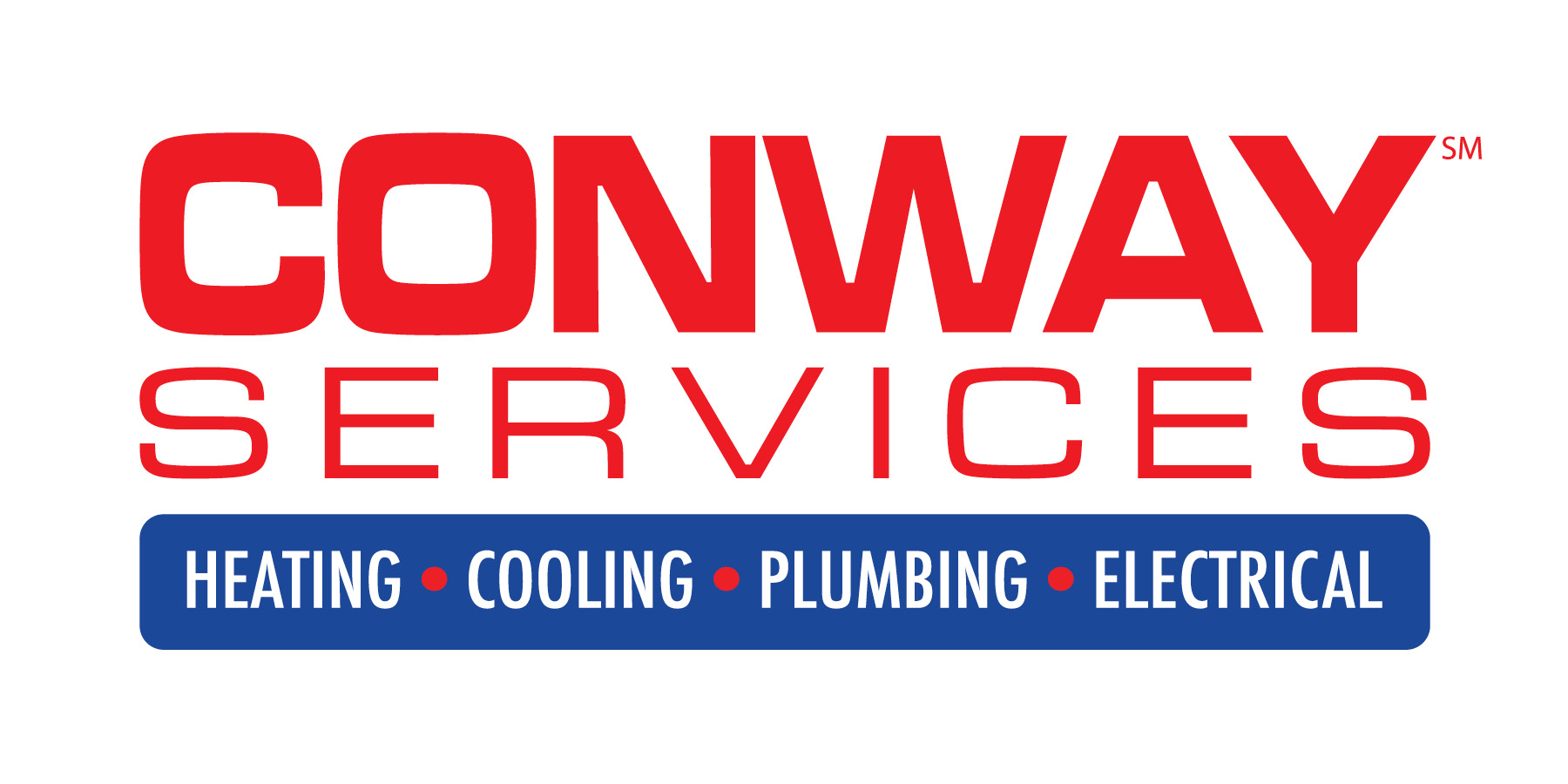Home Plumbing Maintenance Tips
There are certain things around your house that are super easy to take for granted, pretty much because they’re just “there.”
Take your plumbing, for example. Day after day, you finish brushing your teeth or taking a shower, turn off the water and go about your business. Later on, it’s another load of clothes freshly washed, and another load of clothes tossed into the drier. All before you load and run the dishwasher or take a turn or watering your lawn. And on it goes.
Until that is, something happens to make you stop and take notice. Like a clogged toilet, leaking showerhead, or maybe even a burst pipe. And suddenly one or more aspects of your plumbing as caught your attention.
But it doesn’t have to work that way. Not when you keep a sharp lookout for likely plumbing problems and then promptly and appropriately act when you spot one. Here are a few helpful suggestions from your friends at Conway Services.
There’s no such thing as a small water leak. Even a tiny water leak can waste up to 15 gallons of water per day. So imagine what kind of damage a leak starting inside one of your walls can cause? When you spot a water leak, have it fixed right away. And be on the lookout for signs of hidden water leaks, such as water puddles around the base of your water heater, under your sinks, or behind your fridge.
Locate your water main shut-off valve. If water suddenly overflows from your toilet, tub, or a burst water pipe, the first thing you want to do is shut off the water supply to that fixture or your home’s main water valve. That means knowing where all valves are located and which direction is “on” vs. “off”.
Keep your drains fresh and clean. Most clogged sink and garbage disposals can be prevented. One good way to keep them clear is to pour a half cup of vinegar and a half cup of baking soda down each of drain at least every 60 days, let it sit for a half hour, and then flush the mixture with a tea kettle full of boiling water.
Keep your garbage disposal blades sharp. When garbage disposal blades start to dull, the food inside them can’t be ground up as finely. That leads to bigger chunks, and bigger chunks lead to clogged drains. From time to time, grind up some ice cubes inside your disposal – a simple but effective way to sharpen the blades on your own.
Here’s another great way to enjoy problem free plumbing: with an annual whole-house plumbing inspection by a qualified technician from Conway Services. We can spot trouble in the making before things get any worse, make sure your water heater is running as efficiently and safely as possible, and accomplish a great deal more very, very affordably. Has it been more than a year since your last plumbing inspection? Then you owe it to your home and family to contact Conway Services today.


